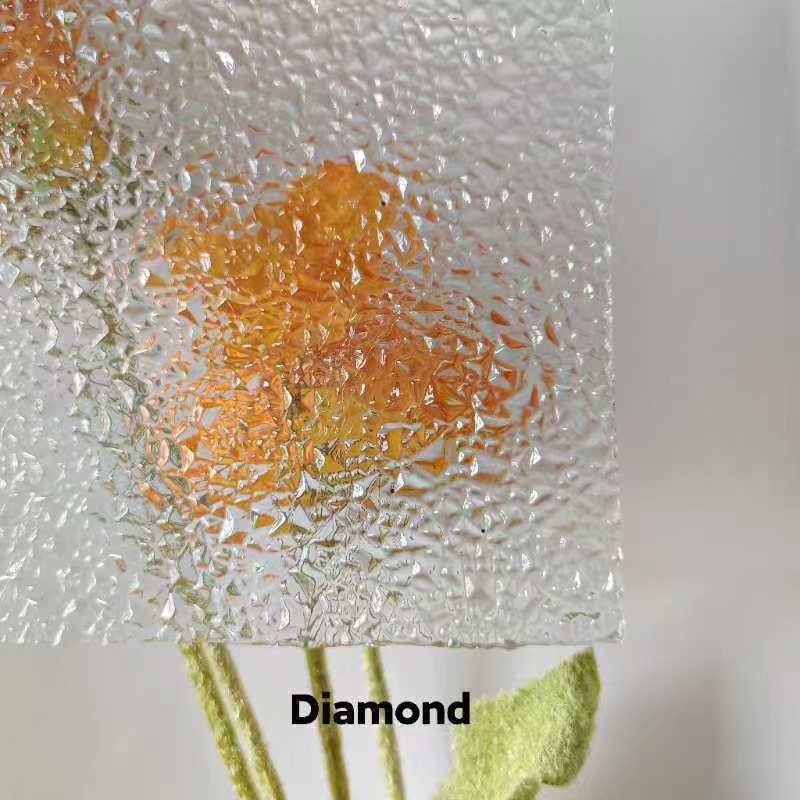

Understanding the Market for Float Glass An Insight into Buying Trends
Float glass, a fundamental material in the architectural and automotive industries, has witnessed considerable growth in demand over recent years. This increase in popularity can be attributed to its unique properties such as clarity, smoothness, and versatility. As we delve into the intricacies of the float glass market, it’s crucial to understand why buyers are increasingly drawn to this product and the factors influencing their purchasing decisions.
What is Float Glass?
Float glass is produced by melting raw materials like sand, soda ash, and limestone at high temperatures and then floating the molten glass on top of molten tin. This process results in a smooth, flat surface that is ideal for a wide range of applications, from windows to mirrors, and even LCD screens. The production method ensures that the glass has a uniform thickness and high optical quality, making it a preferred choice for builders and manufacturers.
The Rise in Demand
Understanding the Market for Float Glass An Insight into Buying Trends
Trends Influencing Buyer Behavior

1. Sustainability Concerns As environmental awareness grows, buyers are looking for sustainable material options. Float glass can be recycled multiple times without losing quality, appealing to eco-conscious consumers. Manufacturers are increasingly adopting sustainable practices in their production processes to meet this trend. This includes using recycled glass cullet, which reduces energy consumption and carbon emissions.
2. Technological Advancements Innovations in manufacturing techniques have improved the quality and functionality of float glass. Options such as low-emissivity (Low-E) glass, which provides thermal insulation, have become popular among buyers. These technological advancements provide consumers with more choices, allowing them to select products that best meet their specific needs.
3. Customization The modern marketplace increasingly favors personalized solutions. Manufacturers are responding by offering customizable float glass products, enabling buyers to choose dimensions, thicknesses, and even colors that fit their project specifications. Customization has become a significant selling point, catering to both residential and commercial buyers.
4. Market Accessibility Online platforms have transformed how buyers access float glass products. Digital marketplaces allow consumers to compare prices, read reviews, and select suppliers, greatly enhancing market accessibility. This convenience has encouraged more buyers to engage with float glass suppliers, expanding the market reach.
Conclusion
The float glass market is poised for substantial growth, driven by various trends shaping buyer behaviors. As construction demand rises, and consumers become increasingly focused on sustainability and customization, float glass manufacturers must adapt to remain competitive. Buyers are no longer passive participants in the market; they are informed consumers seeking products that align with their values and requirements. As such, understanding these dynamics is essential for anyone looking to navigate the float glass industry effectively.
With the ongoing evolution of technology and changing consumer preferences, the float glass market stands at a pivotal point. Continuing to innovate and embrace these trends will be crucial for manufacturers aiming to meet the growing demands of buyers in this vibrant industry.